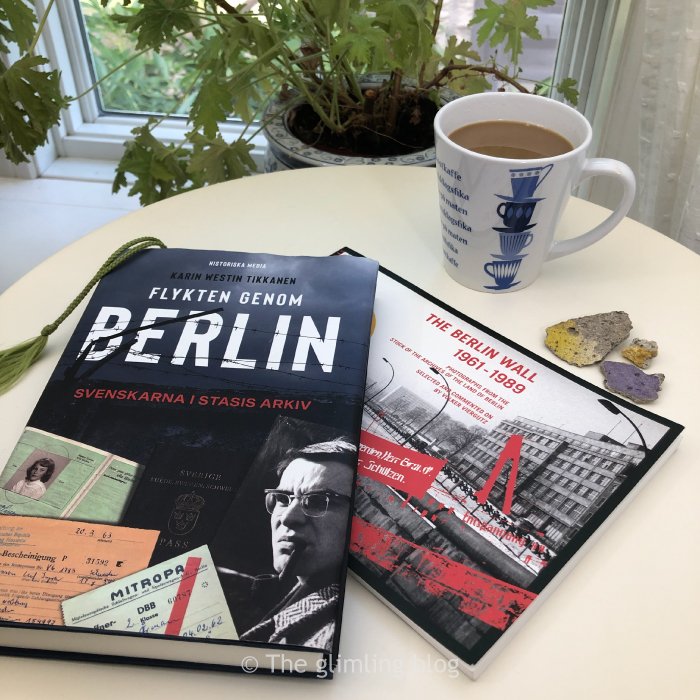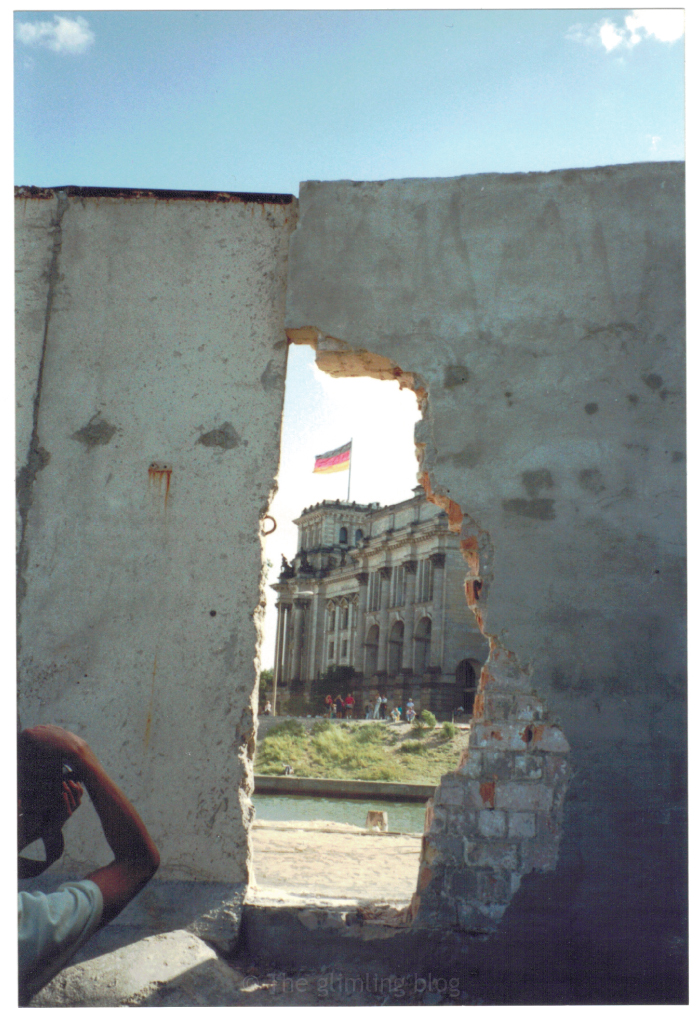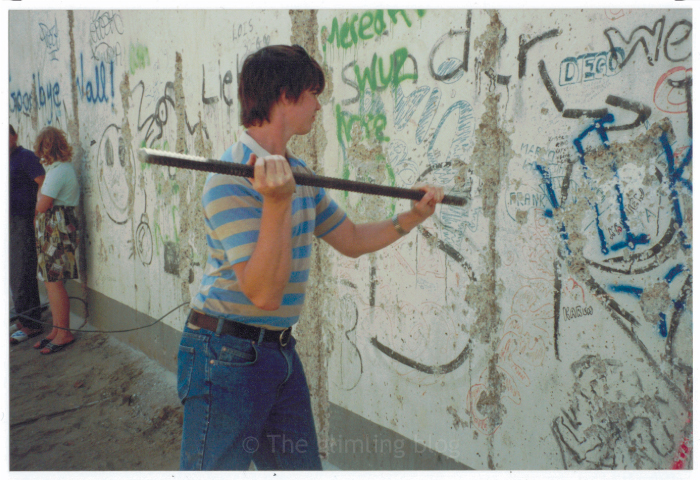As a child, I often wondered why the leaders behind the iron curtain could not create countries where people wanted to live and stay. I thought it was crazy to spend so much effort on building walls and guarding their own citizens. At the age of 10, none of my friends were bothered but as a Swedish child and grandchild of East German refugees, I had a different perspective.

Visiting Two Berlins
The first time I visited GDR, or DDR as I learned, was with my high school graduating class in the mid 80’s. We had a few days in the sparkling West Berlin and then spent May 1st, The Workers’ Day, watching parades on the East side. I still remember the lack of happiness in people’s faces, just totally blank expressions. The only ones that looked happy, were kids sitting on their fathers’ shoulders waving flags, too young to understand. We were of course not allowed to take a single step without our guides. We spent a lot of time waiting and apart from a bus tour around town, we didn’t see much. Strange to think that the Wall has already been gone for longer than it existed. Growing up with it seemed like such a status quo and the Baltic States and the East Block, seemed so, so far away

Through, Over and Under the Berlin Wall
On August 13, 1961, when the wall was erected, there were about 60,000 Berliners, who worked or studied on one side of the wall and lived on the other. I’m halfway through Karin Westin Tikkanen’s book from 2019 “Flykten genom Berlin”, (The Flight Through Berlin) about Swedes in the Stasi’s archive . There was a large underground movement on the west side to get college students out of East Berlin and East Germany. In the book, we get to follow Leif Person, a student at the University in Lund, who was heavily involved. My dad loaned his Swedish passport to their operation, as did many others in their circle of friends. The documents would then be used by someone with a similar look and height to leave through a checkpoint. Of course, it was illegal and eventually the passport owners were fined in Swedish court. However, that was a small punishment compared to the freedom others gained. My mom’s birth place is Thüringen, former East Germany, so her passport was of no use. Instead, she took the train from Lund to Hamburg just to post a stack of passports to the organizers in Berlin. It’s a fascinating story about how it took a village of brave individuals to help people escape, and how they had to reinvent and refine their methods all the time. When we hear stories about wild flight attempts, we forget that quite likely, there were whole networks of people on both sides helping to make it happen.


Thirty years ago today, October 3, 1990, the German reunification process was formally completed. It is now celebrated as the German Unity Day (Tag der deutschen Einheit). Let’s keep the world’s walls small but never forget the pain the large ones cause.
🖤💛❤️
Elisabeth
A German version of this post is available here >
